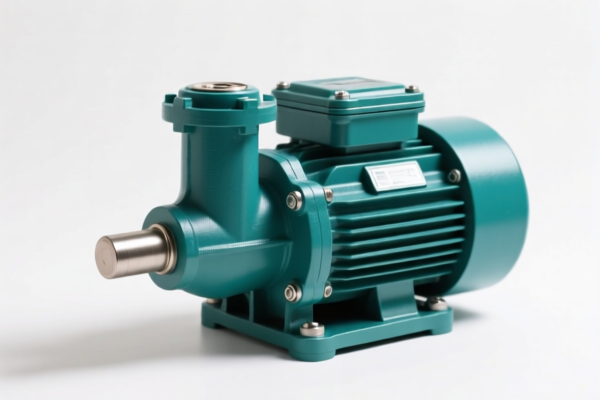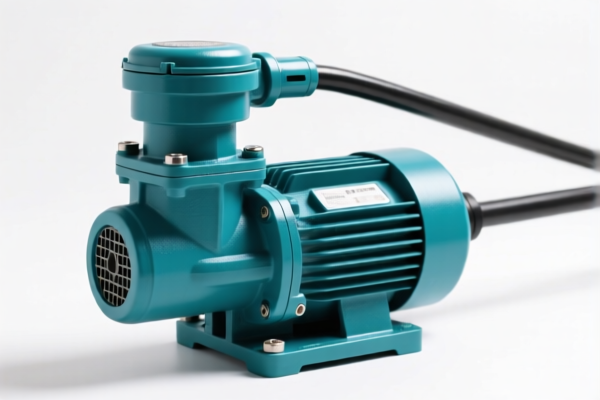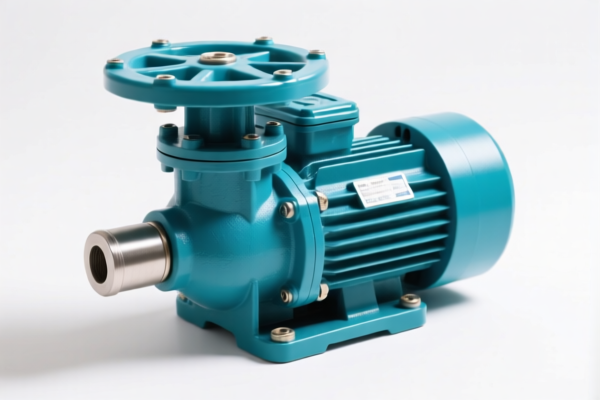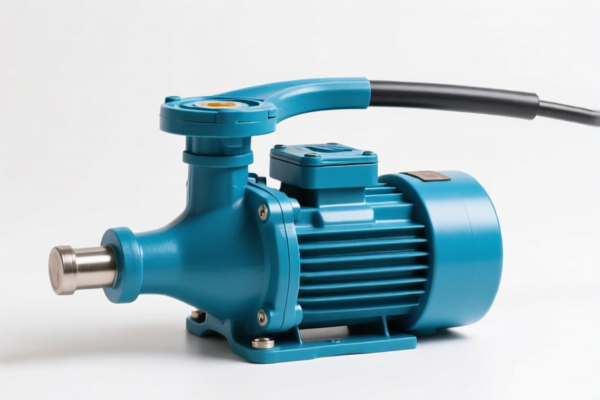| HS Code | Official Doc | Tariff Rate | Origin | Destination | Effective Date |
|---|---|---|---|---|---|
| 8413702005 | Doc | 55.0% | CN | US | 2025-05-12 |
| 8413810030 | Doc | 55.0% | CN | US | 2025-05-12 |
| 8479899599 | Doc | 57.5% | CN | US | 2025-05-12 |
| 8479899599 | Doc | 57.5% | CN | US | 2025-05-12 |
| 6909195095 | Doc | 59.0% | CN | US | 2025-05-12 |
| 6909195010 | Doc | 59.0% | CN | US | 2025-05-12 |




Water Transfer Pump
A water transfer pump is a device used to move water from one location to another. These pumps are employed in a wide variety of applications, ranging from small-scale domestic uses to large-scale industrial processes and agricultural irrigation.
Materials
Water transfer pumps are constructed from a range of materials, selected based on the water quality being pumped, the pressure requirements, and the intended lifespan of the pump. Common materials include:
- Cast Iron: Durable and cost-effective, often used for general-purpose applications. Susceptible to corrosion.
- Stainless Steel: Corrosion-resistant, suitable for potable water, wastewater, and corrosive fluids. More expensive than cast iron. Grades 304 and 316 are frequently used.
- Thermoplastics (e.g., Polypropylene, PVC): Lightweight, corrosion-resistant, and suitable for handling chemicals and abrasive fluids. Often used in lower-pressure applications.
- Aluminum: Lightweight and corrosion-resistant, suitable for non-corrosive applications.
- Bronze: Corrosion-resistant and suitable for saltwater applications.
Purpose & Function
The primary purpose of a water transfer pump is to overcome gravity, friction losses in pipes, and elevation differences to move water efficiently. Pumps convert rotational energy (typically from an electric motor or engine) into kinetic energy, increasing the water's pressure and flow rate.
Key functions include:
- Boosting Water Pressure: Increasing pressure in existing water systems.
- Draining: Removing water from flooded areas, basements, or tanks.
- Circulation: Moving water in closed-loop systems, such as heating or cooling systems.
- Irrigation: Supplying water to crops and gardens.
- Transferring Water: Moving water between tanks, wells, or bodies of water.
Usage Scenarios
- Residential: Sump pumps (removing water from basements), well pumps (drawing water from wells), pool pumps (circulating and filtering pool water), booster pumps (increasing water pressure).
- Agricultural: Irrigation pumps (supplying water to crops), livestock watering, pond/lake transfer.
- Industrial: Wastewater treatment, chemical transfer, cooling systems, process water transfer, fire suppression systems.
- Construction: Dewatering excavation sites, transferring water to construction areas.
- Emergency Services: Firefighting, flood control.
Common Types
Water transfer pumps are categorized based on their operating principle and application.
- Centrifugal Pumps: Most common type. Use a rotating impeller to create flow. Suitable for high-volume, low-head applications.
- End-Suction Centrifugal Pumps: Water enters axially and exits radially.
- Submersible Pumps: Designed to be fully immersed in the water being pumped. Ideal for wells, sumps, and drainage.
- Self-Priming Pumps: Capable of removing air from the suction line, eliminating the need for manual priming.
- Diaphragm Pumps: Use a reciprocating diaphragm to create flow. Suitable for handling abrasive fluids, chemicals, and viscous liquids.
- Gear Pumps: Use rotating gears to displace fluid. Suitable for high-pressure, low-flow applications.
- Jet Pumps: Use a jet of water to create suction. Commonly used for well applications.
- Trash Pumps: Designed to handle water containing solids. Commonly used in construction and dewatering applications.
- Sump Pumps: Specifically designed for removing water from sumps and basements. Often automatic.
Water transfer pumps fall under several classifications depending on their specific features and applications as detailed below.
- 8413702005: This HS code covers pumps for liquids, whether or not fitted with a measuring device; liquid elevators; part thereof: Other centrifugal pumps: Other: Single-stage, single-suction, close-coupled: With discharge outlet under 5.08 cm in diameter. This would apply to smaller centrifugal water transfer pumps meeting the size criteria. The total tax rate is 55.0%, comprised of a 0.0% base tariff and a 25.0% additional tariff, increasing to 30.0% after April 2, 2025.
- 8413810030: This HS code covers pumps for liquids, whether or not fitted with a measuring device; liquid elevators; part thereof: Other pumps; liquid elevators: Pumps Household water systems, self-contained; and windmill pumps. This applies to self-contained household water systems or windmill pumps used for water transfer. The total tax rate is 55.0%, comprised of a 0.0% base tariff and a 25.0% additional tariff, increasing to 30.0% after April 2, 2025.
It is important to note that the additional tariff on both HS codes will increase to 30.0% after April 2, 2025.
Customer Reviews
No reviews yet.